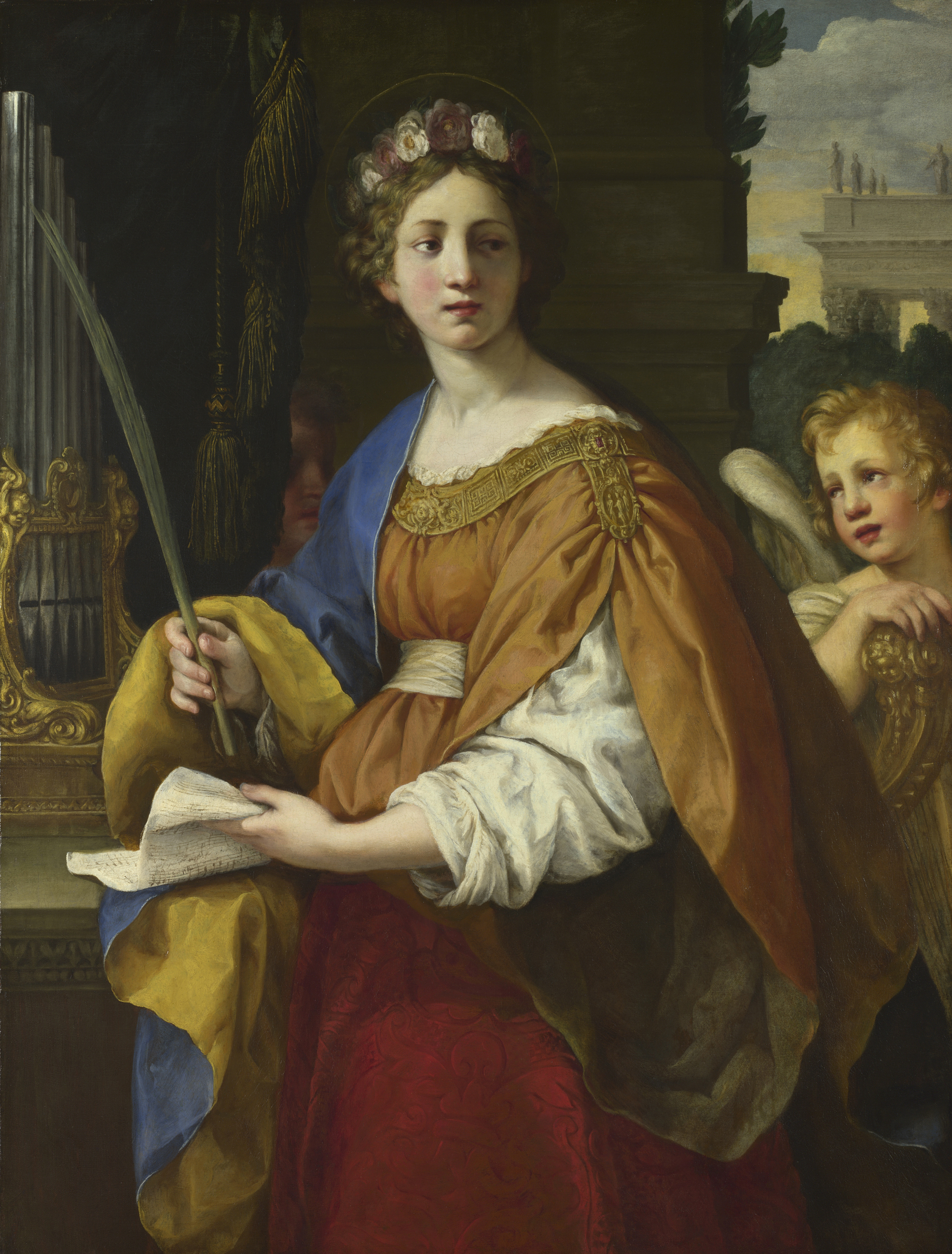
The National Gallery, London
Saint Cecilia, painted between 1620 and 1625 by Italian artist Pietro da CortonaThe National Gallery, LondonRaphael, Rembrandt, Pietro da Cortona, and Van Gogh all used paints containing red pigments from the bark of the brazilwood tree, and the dye’s presence is often used to determine the authenticity of their paintings. It is not an easy task, since most of these pigments are slowly degraded by sunlight. Researchers at the National Gallery in London, the Canadian Conservation Institute, Shell, and the School of Chemistry at the University of Edinburgh, Scotland, may have solved the problem by identifying a component of the dye that is resistant to light: urolithin C. The chemical compound was extracted from a brazilwood (Caesalpinia echinata, reclassified as Paubrasilia echinata) pigment produced at the National Gallery by following a historical recipe: the woodchips were boiled in water and the liquid was then filtered and added to a mixture of aluminum sulfate and sodium carbonate until its pH became neutral. Chemist David Peggie and his colleagues from the National Gallery’s Science Department identified urolithin C in the red dress of Saint Cecilia, painted by Italian artist Pietro da Cortona in the early 1620s (Analytical Methods, February). Brazilwood pigments were used until the nineteenth century, when they started being replaced by synthetic dyes.
Republish